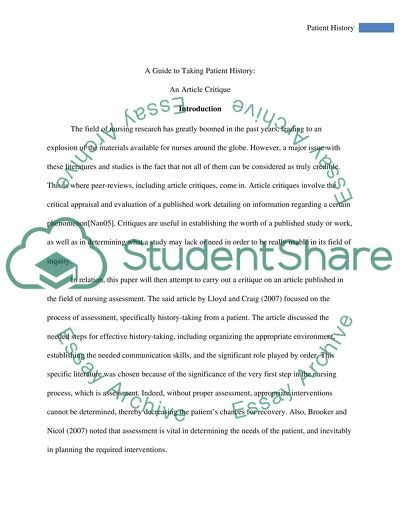Cite this document
(“A Guide to taking a patient's history Book Report/Review”, n.d.)
Retrieved from https://studentshare.org/nursing/1428817-guide-to-taking-a-patient-s-history-by-lioyd-h
Retrieved from https://studentshare.org/nursing/1428817-guide-to-taking-a-patient-s-history-by-lioyd-h
(A Guide to Taking a patient'S History Book Report/Review)
https://studentshare.org/nursing/1428817-guide-to-taking-a-patient-s-history-by-lioyd-h.
https://studentshare.org/nursing/1428817-guide-to-taking-a-patient-s-history-by-lioyd-h.
“A Guide to Taking a patient'S History Book Report/Review”, n.d. https://studentshare.org/nursing/1428817-guide-to-taking-a-patient-s-history-by-lioyd-h.


